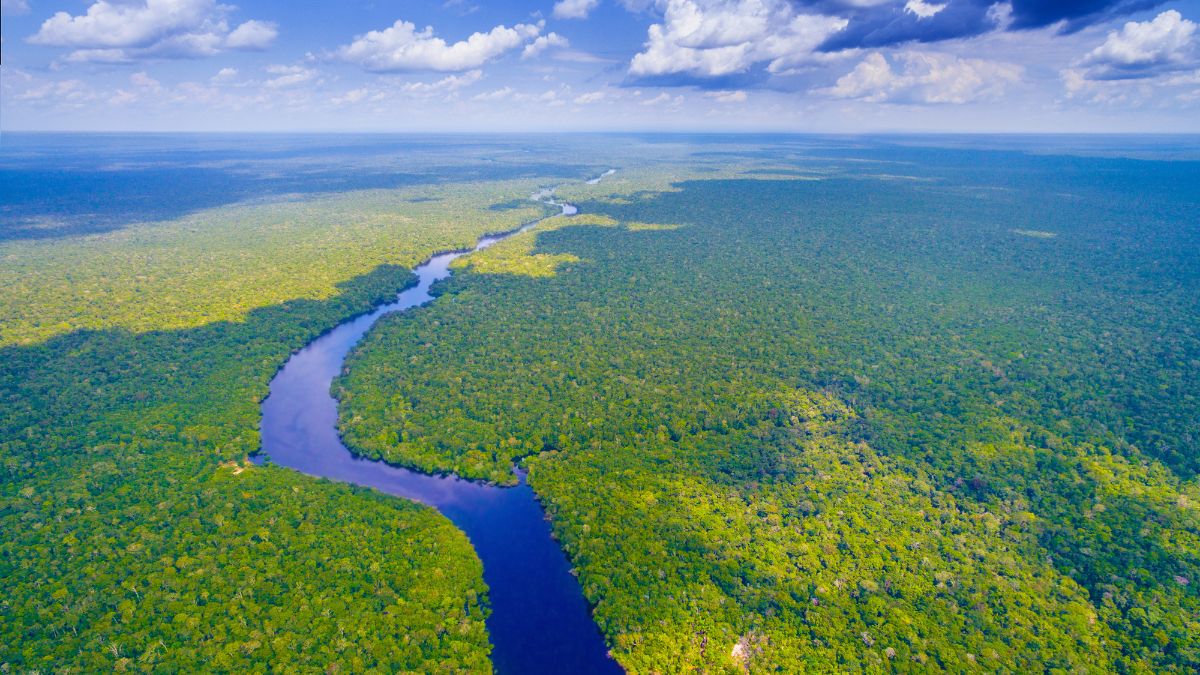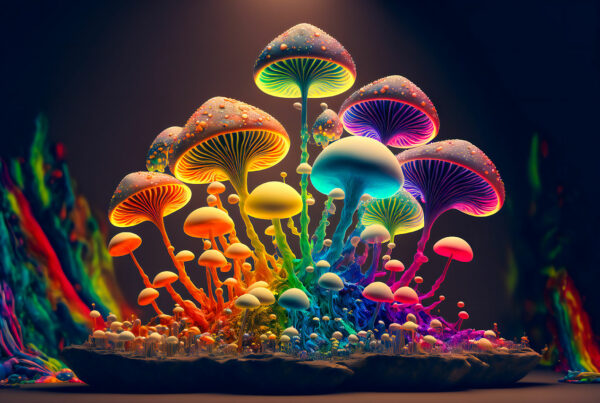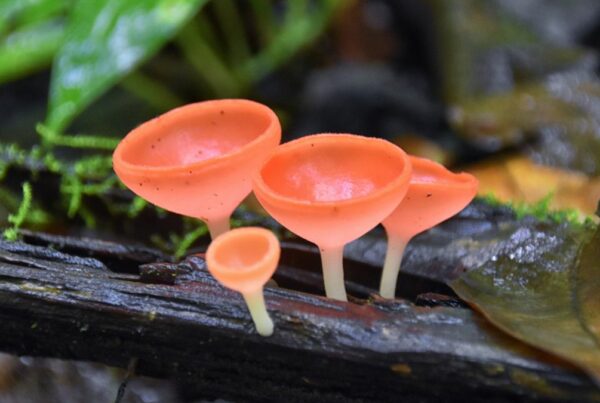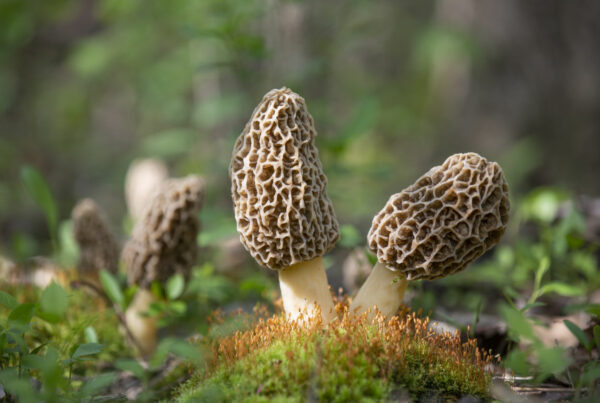A recent study from the Kew Fungarium revealed that a single teaspoon of Amazonian soil contains an astonishing 400 species of fungi!
The constant humidity and tropical heat year-round in the Amazon rainforest provide the ideal conditions for fungal diversity.
The Amazon remains a frontier for mycology with less than 1-2% of the species of fungi identified. There are likely hundreds of edible and medicinal mushrooms in the Amazon that have yet to be documented by science.
While the Amazon River is most associated with Brazil, some of the highest fungal biodiversity is found in the western slopes of the Andes mountains along the Amazon’s tributaries in Colombia, Venezuela, Ecuador, Peru and Bolivia.
My favourite places in the tropical rainforest for mushroom foraging are the highland cloud forests of Colombia, Costa Rica, Guatemala, Mexico and Peru. While the Amazon rainforest has extraordinary fungal biodiversity, the infrastructure and access are difficult without a well-planned expedition.
Mushroom-Loving Vs Mushroom-Fearing Cultures
Generally, mushrooms do not play an important role in the diet or medicinal practices of most Amazonian peoples.
Mycologists generally say all of the world’s cultures can broadly be defined as mushroom-loving—“mycophilic”—or mushroom-fearing—“mycophobic.”
Some of the most mycophilic cultures are the Chinese, Japanese, Russians, Scandinavians and Eastern European peoples.
Generally speaking, the English-speaking world is considered highly mycophobic (thank you puritanical Protestantism) but today you will find the largest mycology societies and a lot of important mushroom research done in England, Canada and the United States.
While indigenous groups of tropical Mesoamerica in Colombia, Mexico and Guatemala tend to be very mycophilic, many indigenous tribes of the Amazon have been documented to not actively use edible, medicinal or psychedelic mushrooms.
Additionally, the Spanish (like nearly all colonial regimes) tend to be extremely mycophobic, especially with psychedelic mushrooms as they help cultivate a form of consciousness they can’t control and subjugate.
The Spanish Catholics deemed sacred mushrooms to be idolatrous and they have prohibited their use since the 16th century throughout Latin America as part of broader efforts to suppress Indigenous religious, medicinal, and cultural practices.
Many practices of using sacred mushrooms in ritual by indigenous peoples have continued away from the watchful eye of colonial regimes, most notably by indigenous tribes in the Mexican cloud forests of Oaxaca and Chiapas.
Traditional Uses of Mushrooms in the Amazon
One particular indigenous culture stands out in actively consuming edible and medicinal mushrooms in their culture and that’s the Yanomami.
The most extensive research on edible and medicinal use of fungi in the Amazon rainforest has been among the Yanomami people, a group of 35,000 indigenous people who live in some 200–250 villages in the Amazon rainforest on the border between Venezuela and Brazil.
A book called Enciclopédia dos Alimentos Yanomami (Sanöma) has been compiled in Portuguese and the Yanomami language to codify and preserve their traditional knowledge. It covers 15 of the 21 species of mushrooms that the Yanomami consume regularly for food and medicine.
If you would like to learn more about how the Yanomami use edible and medicinal mushrooms in the Amazon rainforest, this short film tells their story (with English subtitles).
I hope you enjoyed this short guide to traditional uses of mushrooms in the Amazon Rainforest.
If you want to learn more about identifying tropical fungi, get my Tropical Rainforest Ecology Field Guide.
- Chephren Lake And The Mistaya River Valley - July 1, 2024
- Mindfulness And The 4 Steps of Attention Restoration Theory - June 29, 2024
- 3 Pillars Of An Ecotourism Marketing Strategy For Selling Travel Experiences - June 29, 2024



